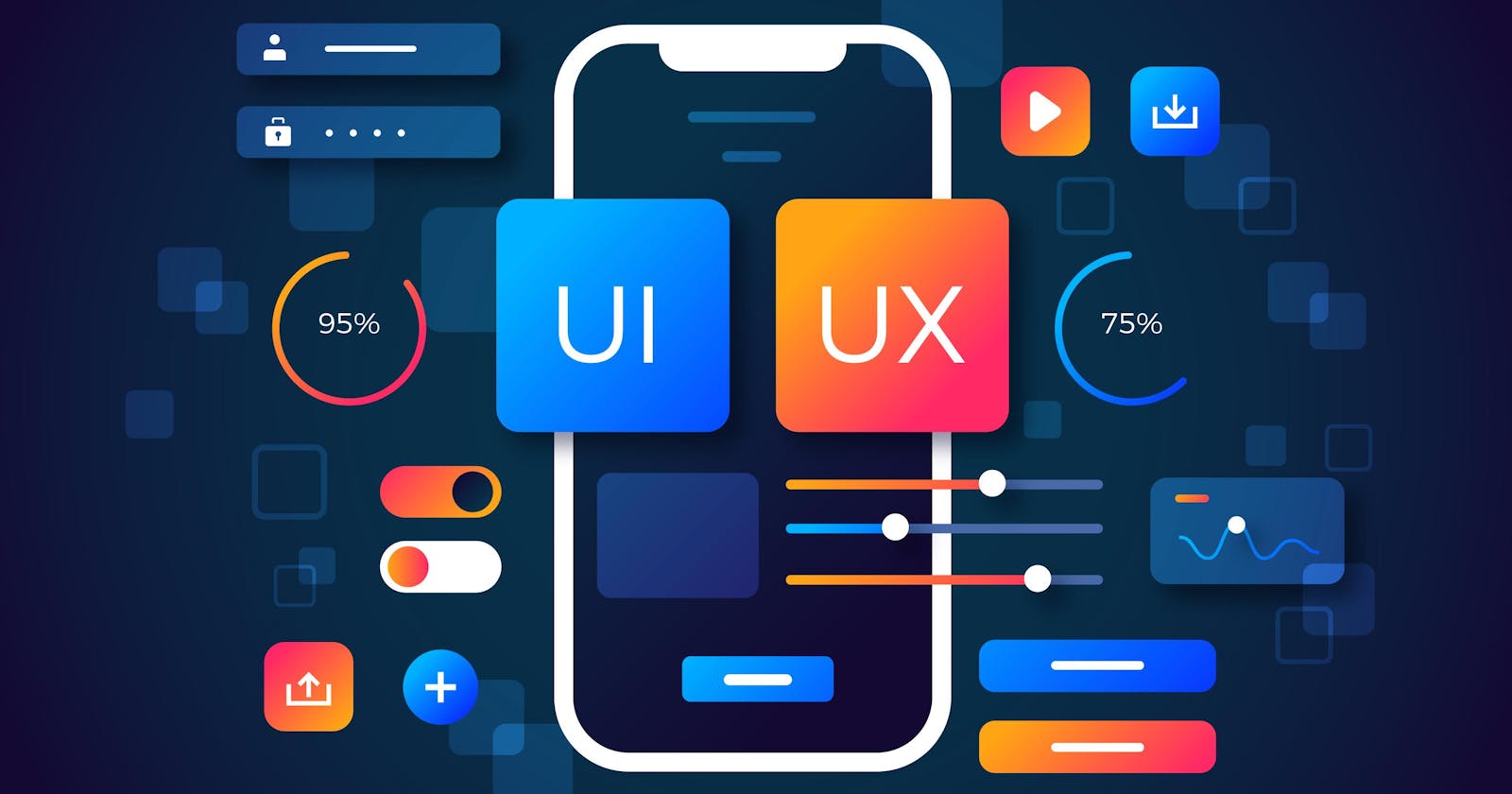Introduction
UI/UX Design is a captivating field that I've been enthralled with for a while, and in every sense has helped me improve in my current job as a no-code developer, while equipping me with several soft and hard skills.
In an attempt to skill up and cross off one of the many to-dos for the year, I joined the Friends of Figma Mentorship, and with Careerfoundry UX Design for Beginners Course, I have been able to learn through a thorough introduction to UX Design, from its definition, area and origins through to the skills you need to build a professional portfolio and become a UX Designer.
It has been an amazing learning experience, and here's a summary of the course. Let's dive in.
What is UX Design?
UX - User Experience is a term used to describe a user's overall experience while interacting with a product or service.
Note that UX is not limited to only digital products such as websites or apps, it is also present in our everyday lives.
UXD - User Experience Design is all about designing solutions specifically for the needs of the users; while considering efficiency, quality and ease of use.
UX Designers look to bridge the gap between the product and the user.
Brief History of UX Design
The term "UX" was first coined in the 1990s by Dr. Donald Norman, an electrical engineer and cognitive scientist at Apple. A pioneer of User-Centered Design, Norman emphasized the importance of designing based on the needs and goals of users.
Good UX and Bad UX
A good UX leads to a positive user experience, while a bad UX leads to a negative user experience.
An Introduction to the UX Design Process.
The UX Design Process is the series of steps UX Designers follow to turn user problems into usable solutions. The UX Design Process can be divided into four key phases:
Research: This is the study of target users, including their needs and pain points, to help you have possible insights to create usable and enjoyable solutions.
Design: This involves representing your ideas with solutions users can relate to.
Testing: Testing helps you get authentic feedback from your product's potential users. It will help you catch major design flaws, thereby helping you provide users with improved solutions.
Implementation: This process involves bringing your designs to life turning them into financial products.
Note that the UX Design Process is iterative.
Different Areas of UX Design
The UX Design quadrant model grouped the field into four main disciplines:
Experience Strategy (ExS): This is all about devising a holistic business strategy, incorporating both the needs and those of the company.
User Research (UR): This is the study of target users, including their needs and pain points, to help you have possible insights to create usable and enjoyable solutions.
Information Architecture (IA): This is the science of organizing and structuring content in a logical user-friendly way. The IA of a product has a huge impact on the navigation of such a product.
Interaction Design (IxD): This focuses on how a user interacts with specific elements of a digital product.
Some other special career paths for UX Designers are UX writers, Voice designers, UX developers, and UX/UI designers.
The Skills You Need to be a UX Designer.
The UX Design quadrant model grouped the field into four main disciplines:
Soft Skills for UX Designers
Soft skills are a combination of personal attributes, and social and communication skills. Some of the most important soft skills you will need as a UX designer are; communication, collaboration, empathy and organization.
Hard Skills for UX Designers
Hard skills are the technical and functional skills required by a job. Some of the most important hard skills you will need as a UX designer are; user research, information architecture, wireframing and prototyping.
Tips for your First Great Portfolio.
A UX Design Portfolio is an online exhibition of a UX designer's work. It introduces you as a designer and showcases a selection of projects you've worked on.
A UX Design Case Study helps you tell the story of a particular project. Case studies use both texts and images to showcase an entire UX process - from discovery to solution and everything in between.
A UX Portfolio provides tangible evidence of a designer's mastery of UX. It also helps convey your brand.
The key elements of a good UX Design Portfolio:
A powerful introductory headline
A detailed "About" section
Thorough case studies that detail your process
Images and real artifacts
Contact information and links to any additional projects (e.g. blog or social media)
How (and Why) to Become a Professional UX Designer.
How to become a UX Designer
Self-study, non-mentored online courses, and structured programs.
Why to become a UX Designer
UX Designers are seen as a crucial part of any product team, as great design is very important to the success of any product or service.
Conclusion
Taking this course has been amazing in learning more about UX Design. I am indeed thrilled to be embarking on this journey of learning, unlearning and relearning. I am also looking forward to evaluating my growth and capabilities.

